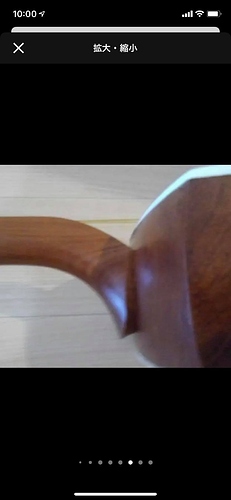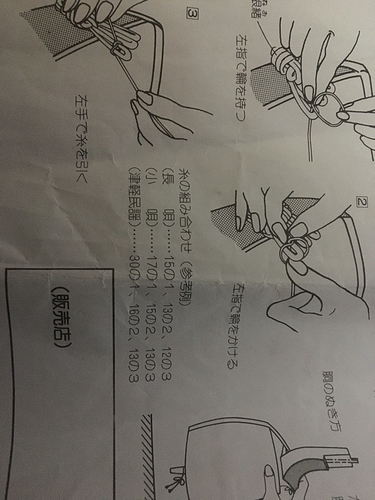another picture
Hi there.
It is difficult to identify shamisen with just pictures and such limited data. It is likely a naguata, but it could be a go-rin-dai (for min’yo, kouta, or hauta). It is most certainly karin.
Is the neck ~23in (58.42 cm) in total, or just the fingerboard?
If you wish for a more accurate i.d., please provide the widths of the neck near the tenjin (peg box) and dou (body), the overall length of the shamisen (not accounting for the curve of the tenjin), and the length and width of the dou (not accounting for the bevel of the dou, measure only the flat of the drum).
Metric is preferred.
thanks, the fingerboard is around 58 cm, the lenght of the shamisen without the tengin is 90 cm (with the pegbox) the pegbox is 3.5 cm, and the widht of the sao is 2.5 cm, the lenght of the dou is 19.7 cm and its widht is 17.8 cm
I am having trouble parsing your message, but I will respond based on the following:
Your shamisen is ~93.5 cm long. The neck is 2.5 cm wide near the tenjin. The dou is 19.7 x 17.8.
This would imply that your shamisen is undersized (a tanzao, perhaps?), but has something approaching a nagauta body (the precise measurements may be closer to 19.7 x 17.88). A width of 2.5 cm is consistent with modern nagauta/hosozao necks. It is definitely karin wood.
When measuring the shamisen for overall length, you should include the tenjin but not the curve.
Essentially, your goal is to measure the total length of the neck as if it were a straight line.
This tells us if a shamisen is 正寸 or not. If a shamisen is not “shousun”, it is probably a tanzao, but there’s always a chance it’s something else. Most shousun shamisen are 98~101 cm long. Most tanzao are 90~95cm long.
Here’s a guide for future use.
thank you so much, I have already measured it, and it is 95 cm long, so it is more accurate to a Tanzao one?
If I need strings, do I Have to buy the nagauta ones?
It brings this
If your measurements are accurate, then yes. Shamisen that are 95cm are called tanzao. To the best of my knowledge, tanzao necks are mostly used with go-rin-dai bodies; but there’s nothing stopping tanzao neck from being fitted to a nagauta body.
You can use whatever strings fit the holes in your itomaki.
I usually use 28-1,15-2, and 14-3 on my tsugaru, 17-1, 14-2, and 13-3 on my min’yo (tanzao and seisun). I have a chuuzao strung in jiuta style currently (15-1, 14-2, and 14-2), but it was previously strung like a tsugaru!
String size and material are determined by genre expectations and player preference. If you do not have experience playing stringed instruments, I recommend you use light gauge strings (for example: 15-1,13-2, 12-3).
That sheet shows how to put strings on the instrument.



